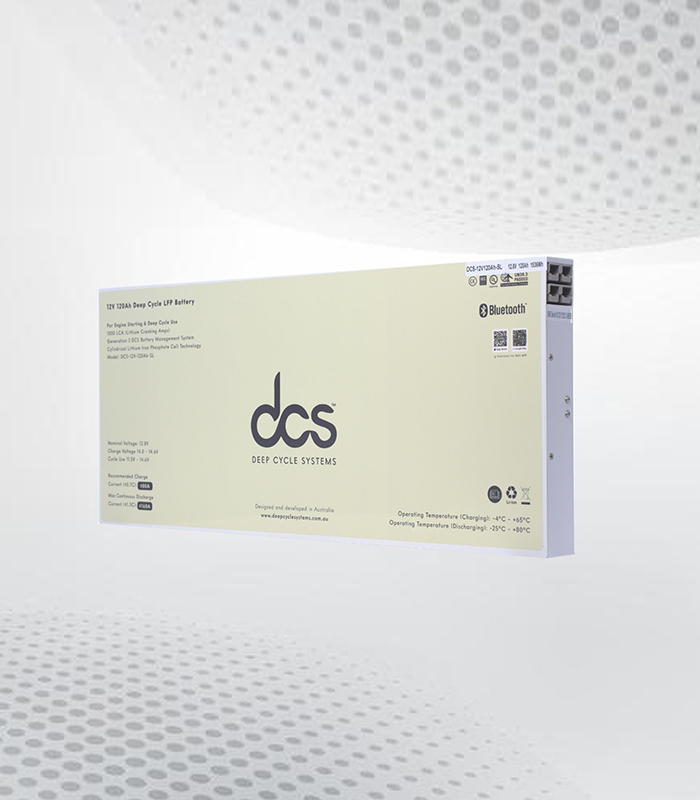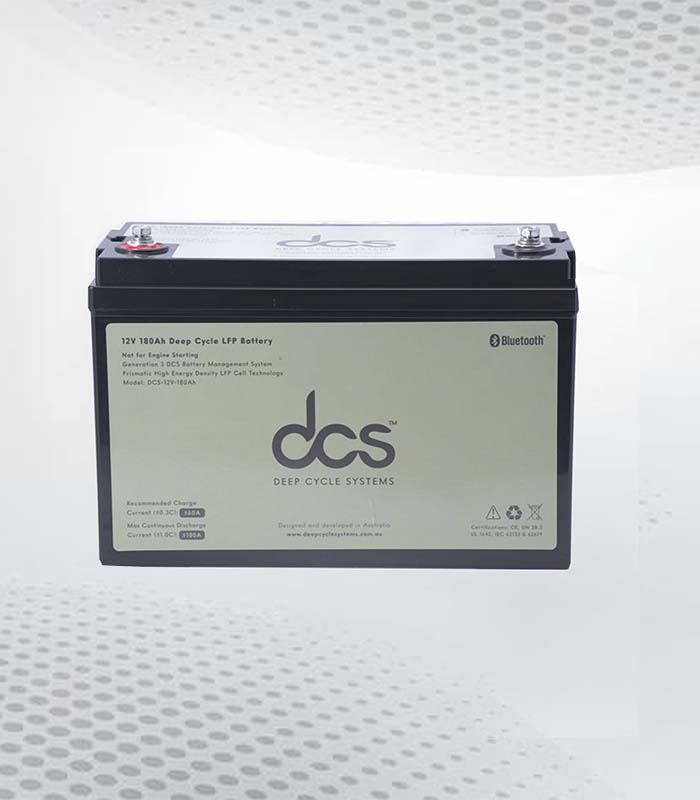Introduction to Carsicko
Carsicko is a term used to describe the discomfort or illness experienced by passengers in a moving vehicle, commonly known as motion sickness. This condition can manifest through various symptoms, including dizziness, nausea, and vomiting. Understanding the underlying causes and effective remedies for carsicko is essential for anyone who frequently travels by car, whether for work or leisure.
Understanding the Causes of Carsicko
Motion sickness, including carsicko, occurs when there is a disconnect between the sensory inputs your brain receives. When traveling in a car, your inner ear senses movement, but if you are reading or looking at a stationary object, your eyes may signal that you are stationary. This sensory mismatch can confuse the brain, leading to the symptoms of carsicko.
Sensory Conflict
The primary cause of carsicko Tracksuit is sensory conflict. The brain receives conflicting messages from the inner ear, eyes, and body. For example, your inner ear senses motion while your eyes might focus on a stationary book or screen, causing confusion and resulting in symptoms of motion sickness.
Genetic Predisposition
Some individuals are more prone to carsicko due to genetic factors. Studies have shown that those with a family history of motion sickness are more likely to experience it themselves.
Age and Susceptibility
Children aged 2 to 12 years are particularly susceptible to carsicko. However, this condition can affect people of all ages, with varying degrees of severity.
Common Symptoms of Carsicko
Identifying the symptoms of carsicko is crucial for early intervention and management. The symptoms can range from mild discomfort to severe, debilitating nausea.
Nausea and Vomiting
Nausea is the hallmark symptom of carsicko, often accompanied by vomiting. This symptom can escalate rapidly, especially during long journeys or on winding roads.
Dizziness and Vertigo
Many individuals experience dizziness or a sensation of spinning (vertigo) when suffering from carsicko. This can significantly impact one’s ability to enjoy the journey or engage in other activities.
Sweating and Pallor
Excessive sweating and a pale complexion are also common symptoms. These can occur suddenly and are often early indicators of the onset of carsicko.
Fatigue and Drowsiness
Feelings of fatigue and drowsiness are frequently reported. This can be due to the body’s response to the discomfort and the stress of trying to counteract the symptoms.
Preventive Measures and Remedies for Carsicko
Preventing carsicko involves a combination of behavioral strategies, environmental adjustments, and, in some cases, medication.
Choosing the Right Seat
The position of your seat in the vehicle can significantly impact your likelihood of experiencing carsicko. Sitting in the front seat and looking at the horizon can help reduce the sensory conflict.
Ventilation and Fresh Air
Ensuring adequate ventilation and access to fresh air can mitigate the symptoms. Avoiding strong odors and keeping the car cool can also help.
Limiting Head Movement
Minimizing head movement and stabilizing your gaze can prevent the onset of carsicko. Using a headrest to support your head can be beneficial.
Hydration and Light Meals
Staying hydrated and consuming light, non-greasy meals before and during the journey can prevent nausea. Avoiding alcohol and heavy foods is also advisable.
Ginger and Herbal Remedies
Ginger is a well-known natural remedy for motion sickness. Consuming ginger candies, tea, or supplements can alleviate symptoms. Other herbal remedies like peppermint can also be effective.
Medications for Carsicko
For those who frequently suffer from carsicko Beanie , medications may be necessary. It is essential to consult with a healthcare professional before taking any medication.
Over-the-Counter Options
Antihistamines such as dimenhydrinate (Dramamine) and meclizine (Bonine) are commonly used to treat motion sickness. These medications are effective but may cause drowsiness.
Prescription Medications
For severe cases, prescription medications such as scopolamine patches (Transderm Scop) can be highly effective. These are typically used for longer journeys and can prevent symptoms for up to three days.
Behavioral Strategies and Techniques
In addition to preventive measures and medication, certain behavioral strategies can help manage carsicko.
Distraction Techniques
Engaging in conversation, listening to music, or using relaxation techniques can distract the brain from the conflicting sensory signals.
Acupressure and Wristbands
Acupressure wristbands, which apply pressure to specific points on the wrist, can be an effective non-pharmacological treatment for motion sickness.
Controlled Breathing
Practicing controlled breathing exercises can help reduce anxiety and mitigate symptoms of carsicko. Slow, deep breaths can help stabilize your system.
When to Seek Professional Help
While carsicko is typically manageable with preventive measures and over-the-counter remedies, there are instances where professional medical advice is necessary.
Chronic Motion Sickness
If you experience motion sickness regularly, even in situations where most people do not, it is essential to consult a healthcare provider. Chronic motion sickness may indicate underlying health issues that require attention.
Severe Symptoms
Severe symptoms that do not respond to standard treatments or significantly impact your quality of life warrant professional intervention. A healthcare provider can recommend more specialized treatments or therapies.
Conclusion
Carsicko, or motion sickness experienced while traveling by car, is a common yet manageable condition. Understanding the causes, recognizing the symptoms, and implementing effective preventive measures can make your journeys more comfortable. From choosing the right seat and ensuring good ventilation to using herbal remedies and medications, there are numerous strategies to prevent and alleviate carsicko. By taking proactive steps, you can enjoy your travels without the discomfort of motion sickness.



